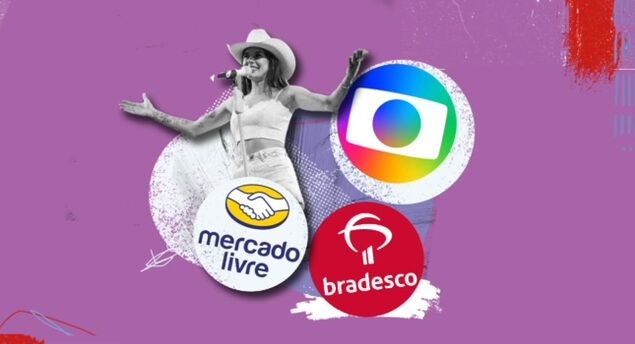The Modern Dynamics of Marketing, Media, and the Agricultural Sector in Brazil
In the bustling Brazilian cultural scene, a striking contrast is emerging between marketing priorities and the evolving media landscape. Despite the cultural significance and popularity of events like the Festa do Peão de Barretos, agricultural celebrations remain a relatively untapped market for major brands who gravitate more towards mainstream events like Rock in Rio. This trend is becoming more evident as Rock in Rio, traditionally a haven for rock music, diversifies its offerings to include sertanejo, a popular Brazilian country music style.
The agricultural sector itself, often associated with tradition and stability, is showing substantial cultural and commercial potential. With approximately 30 million Brazilians engaged in agricultural activities, the sector’s societal influence is undeniable. Yet, it struggles against a backdrop where urban festivals draw an overwhelming number of sponsors. Rock in Rio attracted sponsorship from over 80 companies, while the Barretos event saw only 15.
Spotlight on Sertanejo and Cultural Influence
Sertanejo music has dominated the Brazilian music scene, consistently topping Spotify’s charts for a decade. Anheuser-Busch InBev’s Brahma was a pioneer in aligning with this movement, recognizing its growing popularity and incorporating it into its sponsorship model. Furthermore, singer Ana Castela exemplifies the blend of cultural influences within the genre, merging traditional sertanejo with various music styles, similar to global icons like Beyoncé.
Despite its rich cultural heritage, rural Brazil is witnessing a demographic shift. In the past decade, over one million young people have transitioned from agricultural areas to urban centers, although women still constitute a significant 40% of the agricultural workforce.
Marketing Minds and Strategic Shifts
The recent creation of the Lab Humanidades by AlmapBBDO, led by esteemed behavioral researcher Rita Almeida, marks an innovative step. This initiative aims to delve deep into the behaviors and needs of individuals connected to Brazil’s agricultural roots. Rita, known for her extensive research for O Boticário, is venturing into the field to gather firsthand insights, underscoring a human-centric approach to understanding consumer behavior.
Notably, O Boticário is initiating a broader discourse on menopause, traditionally a taboo topic. With the launch of its "Pacto Prateado" initiative, the company is aiming to embed these discussions into mainstream media, including popular TV narratives.
Media Giants: Clash and Collaboration
A notable rivalry in the media sector has unfolded between Brazilian broadcasting giant Globo and video-sharing titan YouTube. Globo claims supremacy, with a 38% higher viewership than all video platforms combined, both free and paid. This assertion sparked tensions, especially following YouTube’s recent declarations of higher weekly adult viewership compared to Brazil’s leading TV channels.
Despite this rivalry, Globo and Google maintain a collaborative relationship, with Globo utilizing Google’s cloud technologies, solidifying their partnership since 2021. This dichotomy between competition for audience share and technological collaboration highlights the complex dynamics between traditional and digital media platforms.
Advertising Agency Shake-Ups
The advertising world is seeing seismic shifts, with Bradesco, a major financial entity, moving its multi-million-dollar account to AlmapBBDO and Grupo Dreamers by 2025. This decision comes after an open competition that included contenders like Artplan, associated with rival BTG Pactual, leading to strategic restructuring within Grupo Dreamers.
Previously serving Bradesco solely, agency Aldeiah now faces an uncertain future. Launched to mitigate a crisis triggered by controversial influencer marketing, Aldeiah may either transition its responsibilities or pursue new business opportunities.
Bold Brand Movements
Amidst these shifts, Mercado Livre is amplifying its successful "Tá na mão" campaign, which previously boosted sales by 80% during Black Friday. This year, the campaign expands across multiple media platforms, with engaging promotions integrating QR codes into televised content.
In a broader industry context, Nizan Guanaes’ heated exchange with Google’s Fabio Coelho at a Bloomberg event emphasized ongoing debates over digital regulation and media responsibility. Their public altercation, which began with Guanaes recounting a personal controversy, underscores the intricate relationship between media presence, public perception, and the responsibilities of digital platforms.
These narratives reflect complex interactions within Brazil’s media and marketing industries as they navigate cultural shifts, technological advancements, and evolving consumer landscapes. As stakeholders reposition within these domains, the focus remains on synergizing traditional practices with modern-day innovations to cater effectively to Brazil’s diverse populace.
